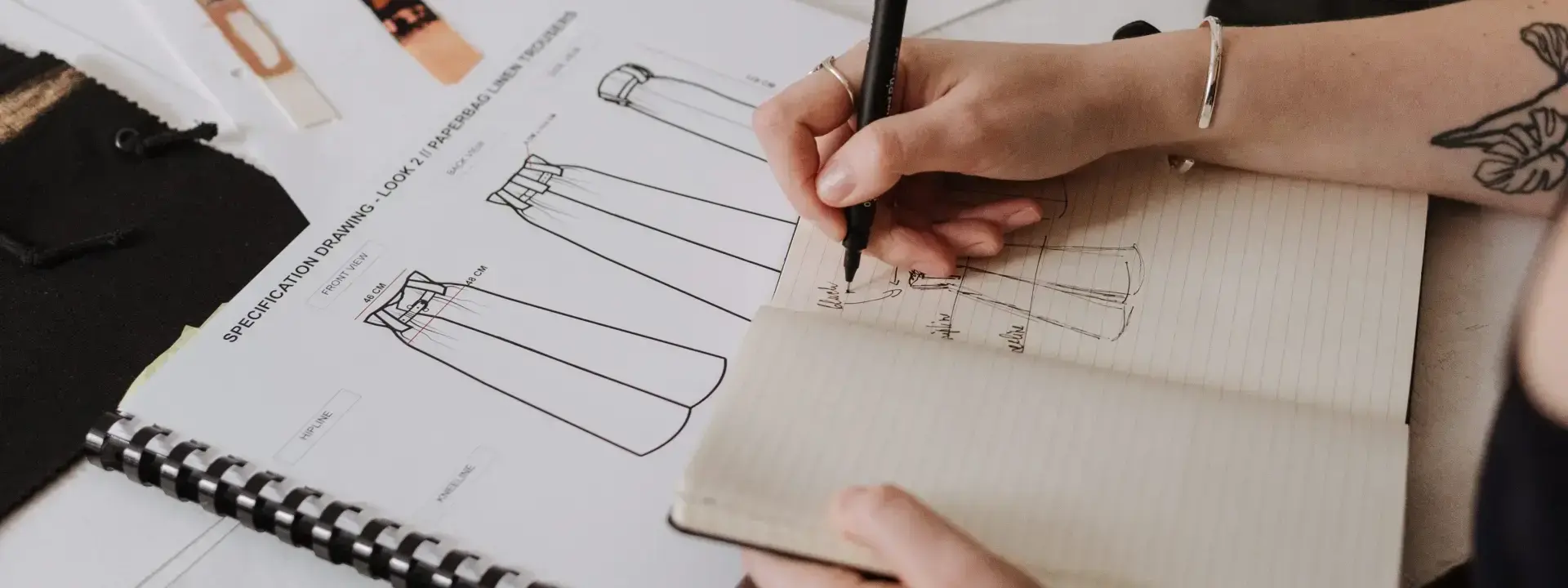
Designer Job Description
What is a Designer Professional?
Design is the creation of a plan or convention for the construction of an object, system or measurable human interaction (as in architectural blueprints, engineering drawings, business processes, circuit diagrams and sewing patterns). Design has different connotations in different fields (see design disciplines below). In some cases, the direct construction of an object (as in pottery, engineering, management, coding, and graphic design) is also considered to be design. Most commonly, the term "design" is used to refer to the process of creating a plan or prototype from which a product or service is developed. Designers are responsible for generating creative ideas, concepts and solutions that have a commercial value. They use their skills to visualise, communicate and solve problems, often working within strict deadlines. Designers work in a wide range of industries, including advertising, architecture, automotive, brand management, communications, content development, package design, publishing, retailing and web design. Some designers work freelance, while others are employed full-time by a single company.

What does a Designer Expert do?
The role of a designer is to take a clients or employers brief and turn it into a creative solution that meets their needs. This usually involves generating a number of ideas, developing them into concepts and then presenting them to the client or employer for feedback. The design process can be divided into four main stages: Research: This is the first stage of the design process and involves understanding the clients or employers needs, as well as the target audience. Designers must also be aware of the latest trends and developments in their field. Conceptualisation: This is the stage where designers generate ideas and concepts for the project. This is usually done through brainstorming or sketching. Development: This is the stage where the chosen concepts are developed into final designs. This usually involves creating prototypes or samples. Presentation: This is the stage where the designs are presented to the client or employer for feedback. Designers need to have strong creative, problem-solving and communication skills. They must also be able to work within strict deadlines and budget constraints.

What are the Skills of a Designer?
A designer needs to have a wide range of skills and experience in order to be successful. Firstly, they need to have a good understanding of the design process, from initial concepts through to finished products. They should also have a strong visual sense, and be able to create attractive and eye-catching designs. Secondly, they need to have good technical skills, and be able to use various design software packages to create their designs. They should also be able to work to tight deadlines and within budget constraints. Finally, they need to have good communication and interpersonal skills, as they will often be working with clients and other members of the design team. - Creativity: A designer needs to be able to come up with new and innovative ideas.
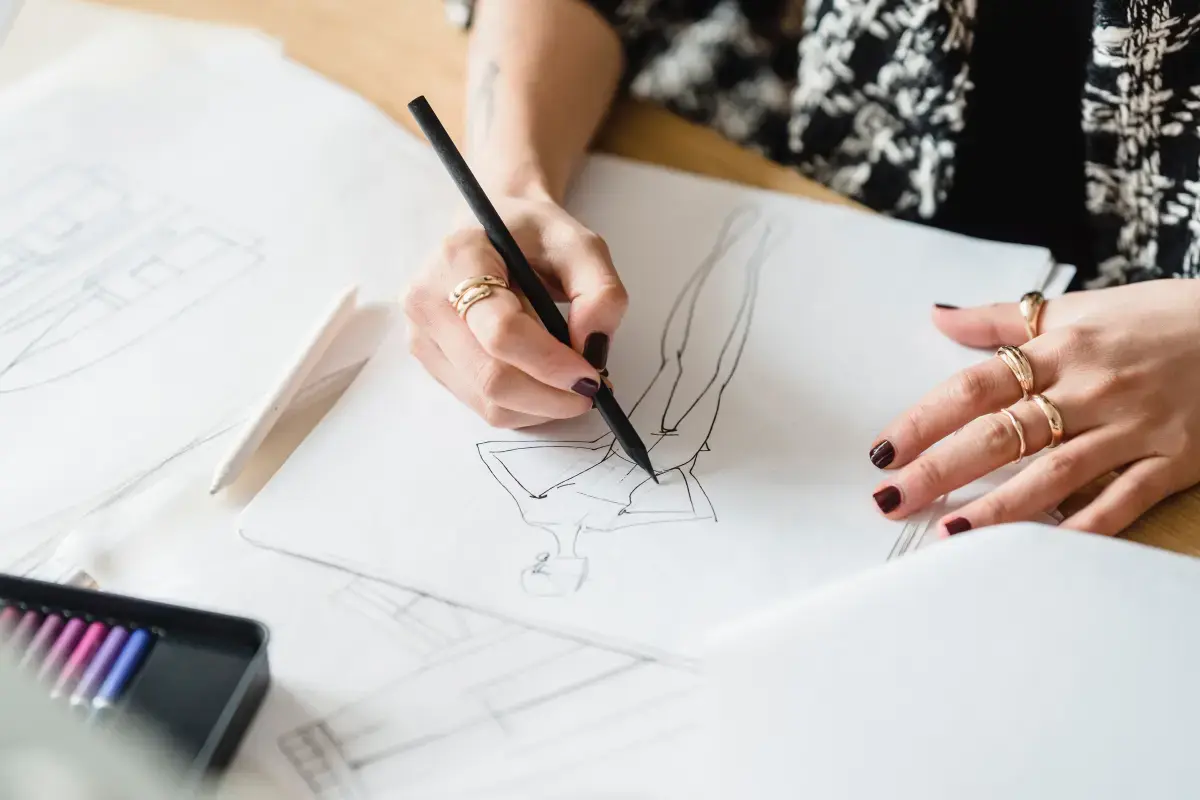
What makes an Expert Designer?
Visualisation: A designer needs to be able to visualise their ideas so that they can communicate them to others. - Communication: A designer needs to be able to communicate their ideas clearly to clients, colleagues and other stakeholders. - Technical: A designer needs to have a good understanding of the technical aspects of design, such as typography, layout and printing. - Problem-solving: A designer needs to be able to identify and solve problems. Some of the experience that a designer needs include: - Industry: A designer needs to have experience working in the design industry. - Client: A designer needs to have experience working with clients. - Projects: A designer needs to have experience working on a variety of different projects. - software: A designer needs to have experience using different design software programs.
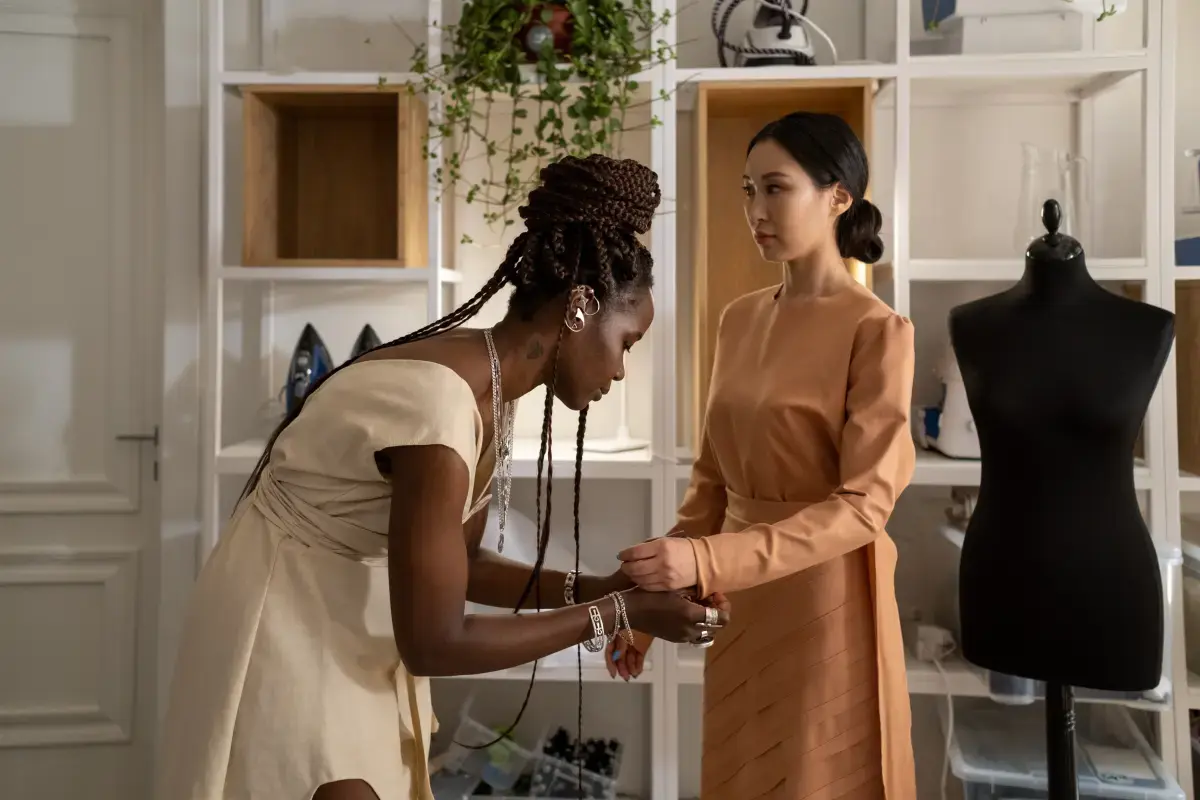
What level of Experience & Qualifications are required to be a Designer?
Industry experience: 3-5+ years of professional design experience in the industry relevant to the role, with a portfolio that demonstrates an understanding of user interface and/or visual design principles. 2. Training: Professional training in User Experience Design, Visual Design or related fields such as Graphic Design, Product Design or Human Computer Interaction (HCI). This includes courses and workshops from accredited institutions as well as online learning platforms like Coursera or Udemy. 3. Qualifications: A Bachelor’s degree in Graphic Design, Digital Media Arts or related field is preferred but not essential for experienced designers without a formal education background who can demonstrate their skills through work samples and portfolios; alternatively, certification from an accredited institution may be accepted instead. 4. Education: Familiarity with software tools used for designing interfaces such as Adobe Creative Suite (Photoshop/Illustrator) and Sketch is necessary; knowledge of HTML/CSS would be beneficial too but not required since it can easily be learned on the job if needed
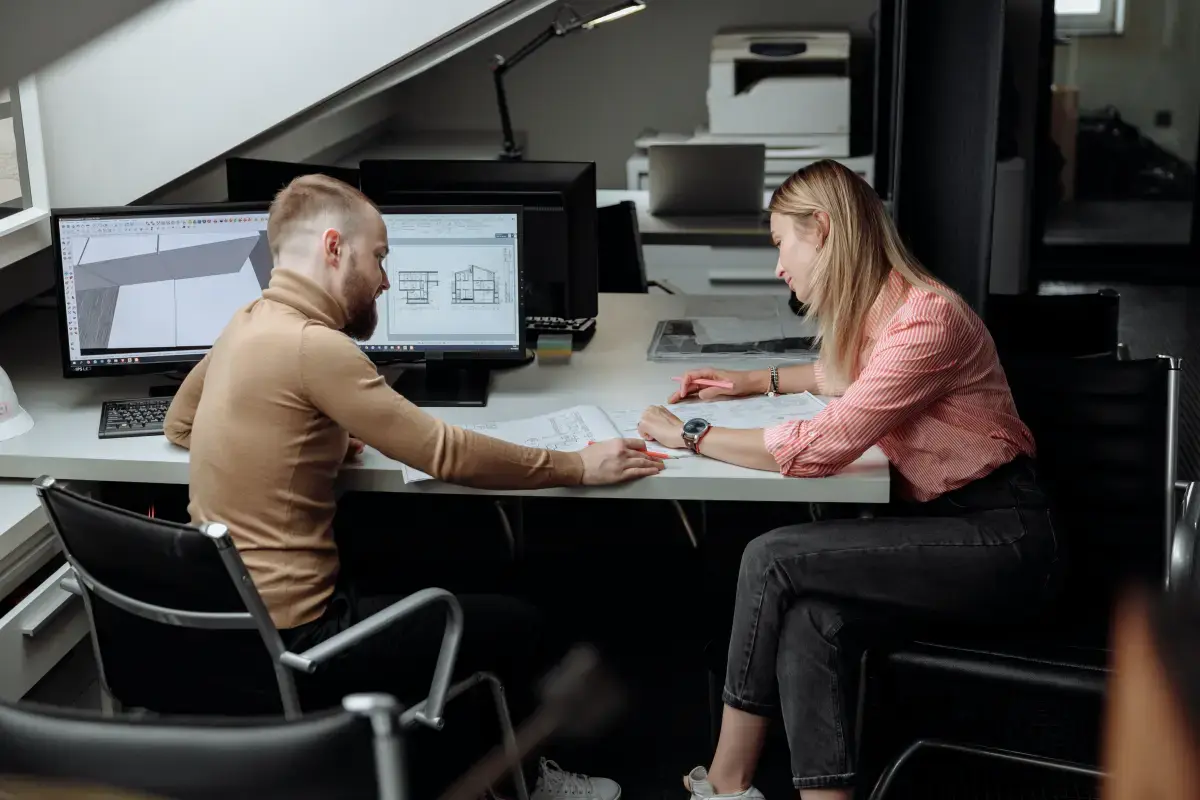
What is the Salary of a Designer?
A Junior Designer typically earns a salary of around $30,000 to $45,000 per year. They are usually just starting out and may have limited experience or education in design. At this level, designers typically perform basic tasks such as creating designs based on client briefs, revising existing designs according to feedback from clients and colleagues, working on production files for printing materials like posters and brochures, and providing support with digital media projects. At the mid-level range (2-5 years experience), salaries can range from $50k-$70k annually depending on the market size and employer type. Mid-level designers often lead more complex projects including web design/development work or designing brand identities (logos). This role also requires additional skills such as animation software knowledge or coding ability which can increase pay grade further. Senior Designers command an even higher salary ranging from $75K-$100K per year depending on region/market size & industry specialisation/expertise requirements; they are expected to provide creative direction for teams while managing multiple projects simultaneously. Senior Designers will be responsible for conveying high level concepts via visuals that meet established goals & objectives within budget constraints; they must possess advanced technical skills in order to collaborate effectively with developers & other stakeholders throughout project execution stages & post launch maintenance activities if needed.
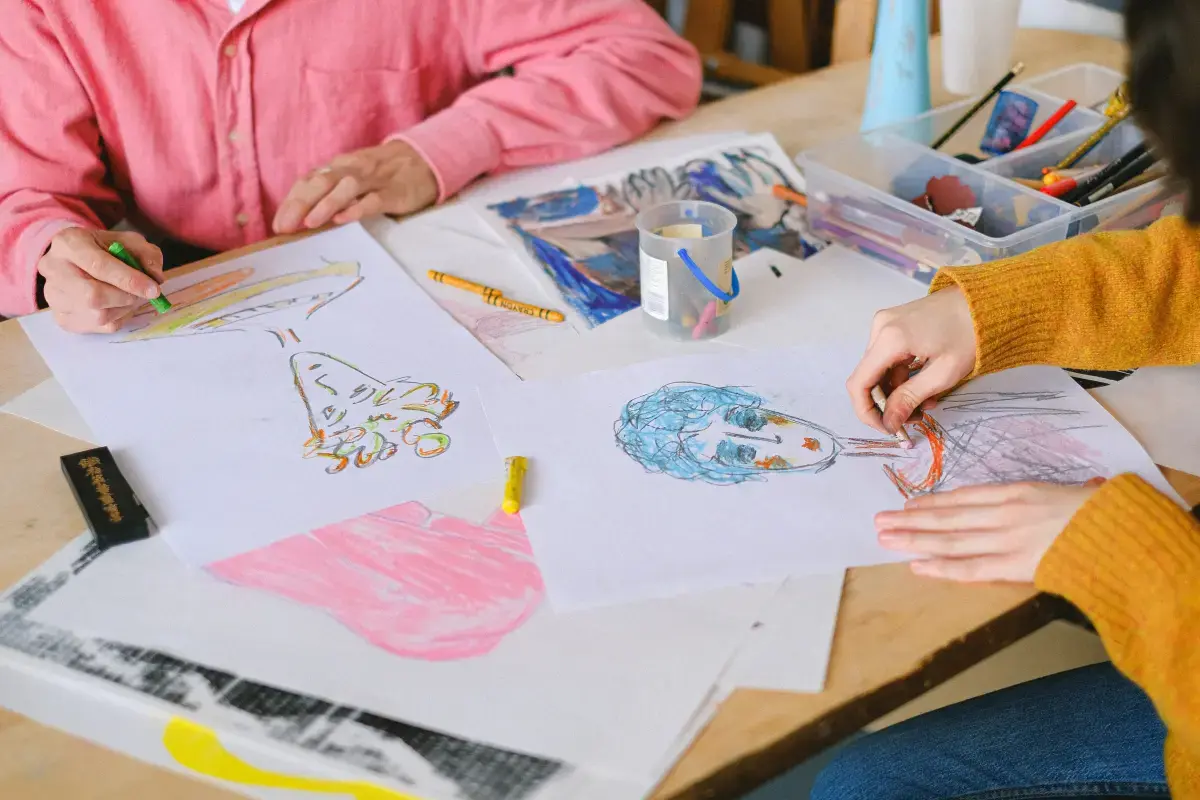
What are the Working Conditions for a Designer?
Designers typically work in an office or studio environment, with some working from home. They may work regular hours during the day and occasionally late into the evening to meet deadlines. Designers must be able to communicate effectively with clients and coworkers, as well as stay organized while managing multiple projects simultaneously. It is important for designers to have a good understanding of color theory, typography, illustration techniques, printing processes and production methods so that they can create effective designs for their clients. Additionally, designers should possess excellent problem-solving skills in order to come up with creative solutions that are visually appealing and meet client needs.
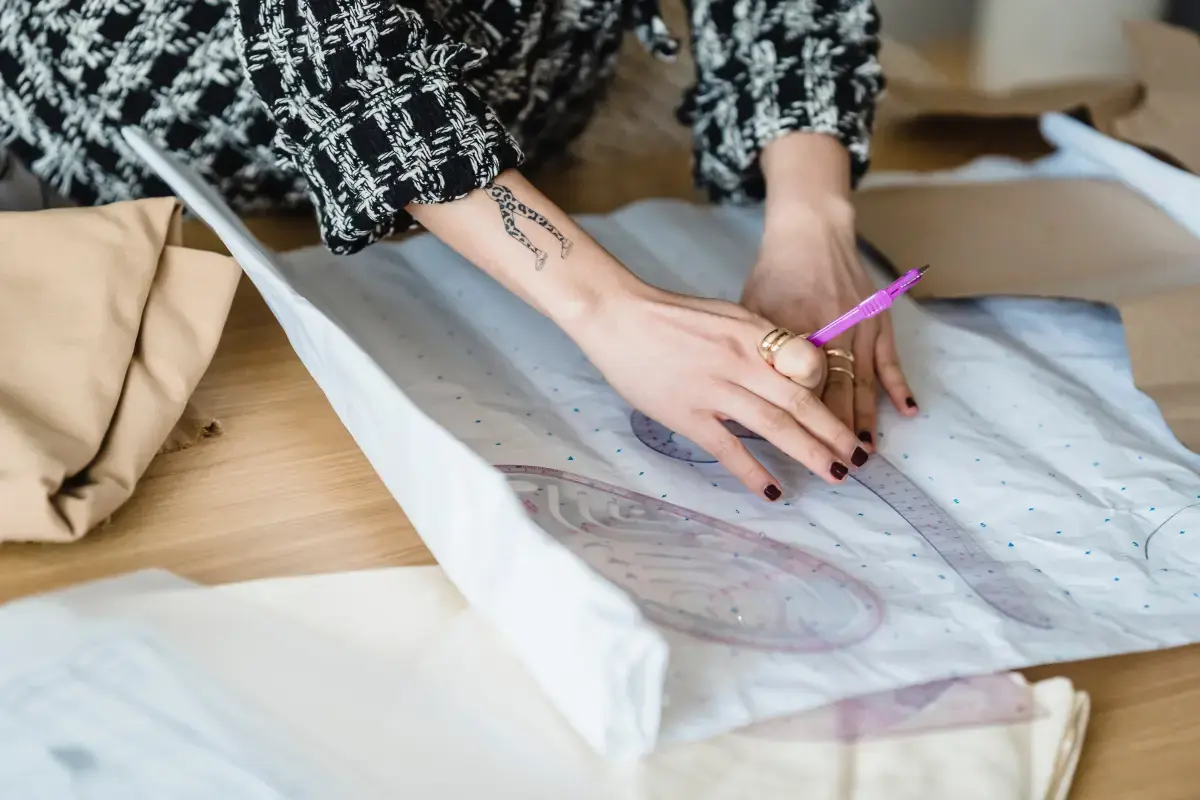
What are the roles and responsibilities of a Designer?
To design products that are safe, functional and appealing to consumers
To research and understand consumer needs and preferences
To develop concepts and prototypes for new products
To test and refine prototypes to ensure they meet consumer expectations
To oversee the development of production-ready product designs
To liaise with engineers and other team members to ensure the product can be manufactured effectively
To create detailed specifications for production
To monitor production to ensure products are made to the required standard
To provide feedback to producers to help improve quality and design
To keep up to date with latest trends and technologies
To attend trade shows and other events to promote the company and its products
To develop and maintain good relationships with clients
To understand the client’s needs and requirements
To translate the client’s vision into a design that can be manufactured
To create prototypes of the design for the client’s approval
To make changes to the design based on the client’s feedback
To oversee the production of the final product
To ensure the product meets the quality standards required by the client
To deliver the product to the client on time and within budget
To provide after-sales service to the client
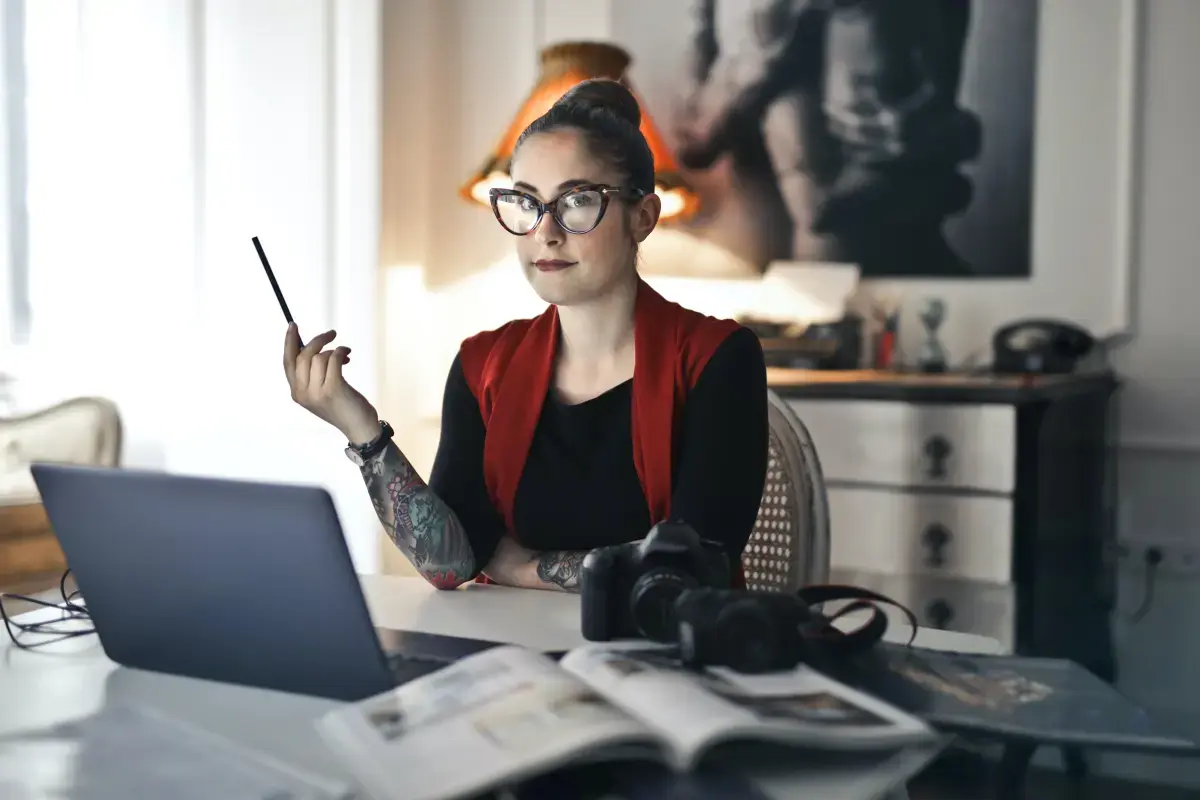
Where can I find Designer jobs?
- Create a profile on gigexchange and promote your Designer skills to advertise you are Open to New Work Opportunities
- Ensure your Resume (or CV), or online work profile is up to date and represents your skills and experience. Ensure your reputation reflects your ability & attitude.
- Apply for Designer Jobs advertised on gigexchange.
- Practise Designer interview techniques to ensure you represent your personality and ability succinctly and confidently.
- Accept the job offer if the salary meets your expectations and the employer mission and purpose reflects your core values.
Jobs
What are the best job boards for Design jobs?

How can I hire Designer staff online for my business?
The best job board for recruiting Designer experts is gigexchange.com. Advertise full-time, part-time or contract jobs to find, hire & recruit trusted, experienced and talented Designer candidates near you.

Are Designer roles in demand in 2026?
Designer experts are still in high demand in 2026. If you are an experienced Designer or looking to train and become one. The job market is looking strong for Designer jobs near me.